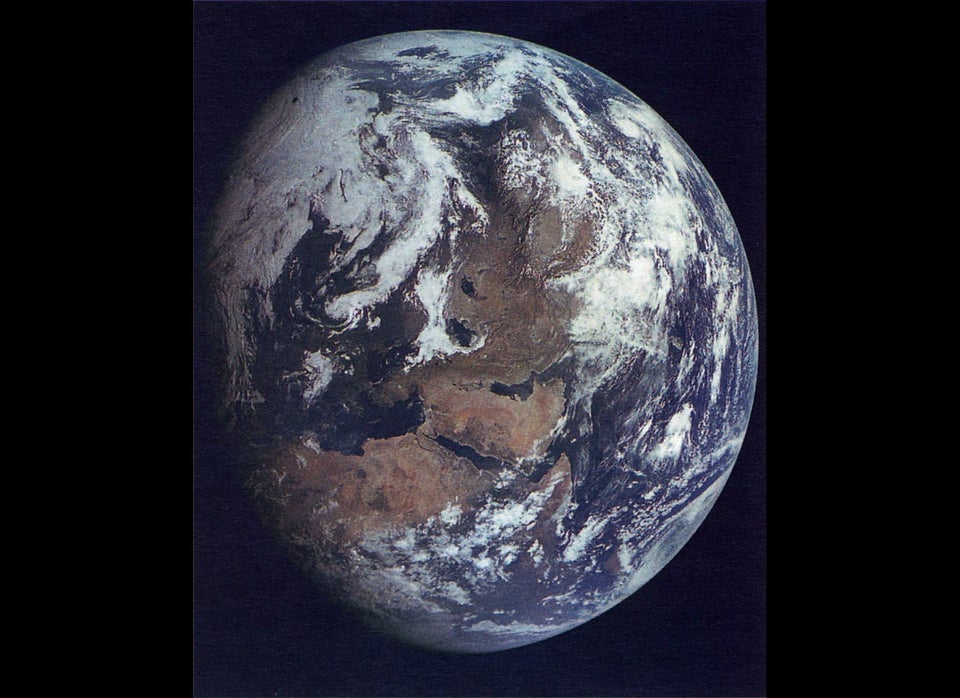
Researchers may have just solved a 300-year-old riddle.
As part of a study to determine the direction in which Earth's core spins, scientists in the United Kingdom and Switzerland analyzed seismic readings from earthquakes from the past few decades.
But, instead of finding out whether the planet's center rotates eastward or westward, the team discovered a surprising answer to the question that's evaded scientists for centuries: It's both.
"The link is simply explained in terms of equal and opposite action," lead researcher Dr. Philip Livermore, of the University of Leeds, said in a released statement. "The magnetic field pushes eastwards on the inner core, causing it to spin faster than Earth, but it also pushes in the opposite direction in the liquid outer core, which creates a westward motion."
Put simply, the Earth's solid inner core spins eastward at an incredibly fast pace, while the molten outer core rotates the other way, but much slower.
Though scientists previously discovered that Earth's inner core spins faster than the planet itself, the recent study is the first to find a connection between the two sections.
For the research, published Monday in the Proceedings of the National Academy of Sciences, the team of scientists used a computer model to demonstrate the connection between the planet's geomagnetic field and the direction of the core's inner and outer layers. The researchers hope to learn more about the interaction between the two layers since the Earth's center is widely believed to generate the planet's magnetic field.
Earlier this year, researchers revealed other significant findings about the makeup of the planet's center. In May, two Nature Geoscience studies indicated that the inner core of solid iron may be softer than previously thought. Its rotational speed can actually fluctuate over time. Research published a month earlier suggested that the core runs much hotter than previously measured, estimating the center's temperature to be 6,000 degrees Celsius (about 10,800 degrees Fahrenheit), or roughly as hot as the surface of the sun.
